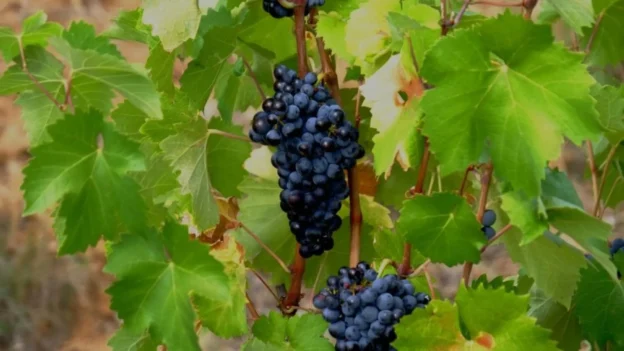Researchers at South Dakota State University have demonstrated that this agricultural biomass, commonly wastedcommonly wasted, can become a strong, environmentally friendly substitute for packaging.
One of the great advantages of this new material is its ability to decompose because it degrades completely in only 17 days when exposed to soil. Unlike traditional plastics, which persist for centuries, films derived from vine canes leave no toxic residues. This positions them as ideal candidates for applications in the food industry and other areas requiring single-use packaging.
An agricultural biomass with ecological potential
The basis of the development is cellulose, the most abundant biopolymer on the planet. By extracting this substance from vine canes pruned during the winter, the research team was able to obtain a denser material with lower water content, which makes it especially useful for creating packaging films. Tests revealed that these films have greater tensile strength than conventional plastic bags.
A biodegradable material that disappears in only 17 days
The head of the project, Professor Srinivas Janaswamy, has previously worked with wastes such as banana peels, alfalfa and coffee grounds. coffee groundsbut stresses that vine canes have superior properties in terms of both transparency and durability. In addition, their abundance after annual pruning makes them a sustainable and low-cost source.
This line of research is part of a broader approach to circular bioeconomy, which seeks to transform agricultural waste into useful and environmentally friendly solutions. The films obtained not only reduce dependence on oil, but also represent a tangible advance towards more sustainable production systems.
Cellulose as the basis for the development of environmentally friendly packaging
With support from the National Science Foundation and the U.S. Department of Agriculture, the team continues to refine the process, with a clear goal in mind: to produce bags and packaging capable of replacing conventional plastic without generating persistent pollution.
The vineyard, until now seen only as a source of grapes, could also become an ally against plastic pollution. plastic pollution. The full article with the results of this research was published in the scientific journal Sustainable Food Technologywhere the methods used, the technical properties of the material and its biodegradation capacity under natural conditions are detailed.
Source and Photo: South Dakota State University

